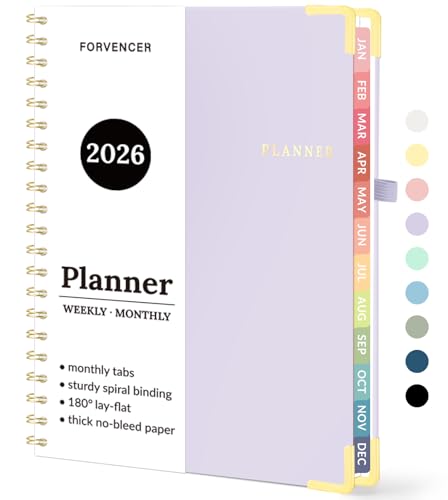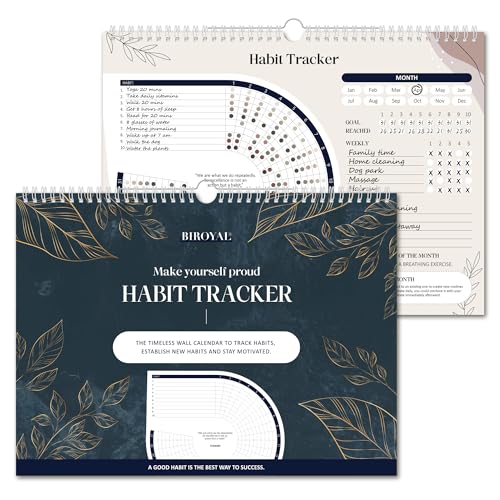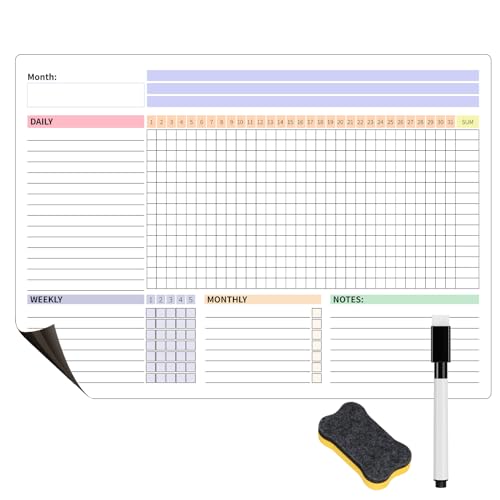
If you’ve ever set a goal, started strong, and then lost momentum, you’re not alone. Most people begin the year with focus and fire—until life gets in the way. By March, enthusiasm fades, distractions multiply, and old habits quietly return.
But what if the problem isn’t motivation? What if it’s measurement?
[RELATED] 10 Semipreneur Hacks to Build Winning Workflows
In a noisy world filled with advice about hustle, vision boards, and “grind culture,” what most people actually need is a system to measure progress and stay accountable. You can’t manage what you don’t track. That’s why some people seem to achieve everything they aim for, while others burn out halfway through.
The secret to staying on track with every goal you set is found in your systems, structure, and small wins that compound into big results.
Here’s how to do it.
Define What Winning Looks Like
The first step in learning how to stay on track with goals is clarity. Too often, goals are vague: “Get fit,” “Grow my business,” or “Be more consistent.” These are aspirations, not targets.
To make progress measurable, define what winning looks like before you chase it. “Get fit” becomes “Work out four times per week.” “Grow my business” becomes “Sign three new clients this month.” “Be more consistent” becomes “Publish one post every week.”
When your goal is specific and measurable, your brain can see the finish line—and that clarity fuels focus.
Tip: Write down your top three goals in a notebook or digital tracker. I find that writing by hand reinforces intention, while keeping a visible list keeps progress top of mind.
- CLASSIC MOLESKINE NOTEBOOK: Moleskine classic notebooks are perfect notebooks for writing journals, a daily diary, or no…
- DURABLE COVER & ELASTIC CLOSURE: Hold writing projects & notes in your Moleskine notebook with an elastic closure band &…
- GIFT QUALITY NOTEBOOKS: Moleskine planners, journals and notebooks come in hardcover or softcover and colors like black,…
Build a System, Not a Streak
Motivation is inconsistent, but systems create consistency. You can’t rely on inspiration to achieve your goals; you have to design routines that make progress automatic.
Think of your goals as a series of repeatable steps rather than a single finish line. Break them down using three tiers:
- Annual Theme: What’s the overarching focus this year? For example, “Build visibility” or “Improve well-being.”
- Quarterly Targets: Define what progress looks like every 90 days. For instance, “Launch a website” or “Run a 5K.”
- Weekly Inputs: Identify the actions that get you there. That could mean “Write two LinkedIn posts per week” or “Log three training sessions.”
By dividing your goal into time-based checkpoints, you replace guilt with structure.
One book that really helped me with this is Atomic Habits by James Clear.
Track Inputs, Not Just Outcomes
Most people only look at results. They’ll say, “I didn’t hit my revenue target,” or “I still haven’t lost 10 pounds.” But the most effective goal-setters track their inputs—the controllable actions that lead to results.
If your goal is to get promoted, track how many key projects you lead or mentors you connect with. If you’re building a side business, track how many pitches you send or hours you spend on marketing.
By focusing on what you can control, you stay motivated even when outcomes take time to appear.
Review Weekly, Not Yearly
Don’t wait until the end of the year to evaluate your progress. By then, it’s too late to course-correct. Instead, review your goals weekly.
Set aside 20 minutes every Sunday (or a day of your choosing) to reflect on what worked, what didn’t, and what needs adjusting. Ask yourself:
- Did my actions align with my priorities this week?
- What small win can I celebrate?
- What will I improve next week?
This reflection turns your week into a feedback loop. You’ll catch issues early, celebrate momentum, and stay emotionally connected to your goals.
Create External Accountability
It’s hard to stay on track in isolation. Accountability creates follow-through.
There are three simple ways to add it:
- People: Partner with a friend, mentor, or peer who checks in weekly. You’ll be amazed how quickly progress accelerates when someone’s watching.
- Platform: Use apps or systems that track your visible progress, like a shared Google Doc or project management board.
- Public Commitment: Post updates online or share your milestones publicly. The pressure of visibility helps keep you consistent.
Use Micro-Metrics to Stay Motivated
Big goals can feel far away, and when progress feels invisible, motivation fades. The fix? Track micro-metrics—smaller milestones that prove you’re moving forward.
If your goal is to write a book, your micro-metric might be writing 300 words per day. If you’re saving $10,000, your micro-metric could be saving $200 each week.
These smaller checkpoints build confidence and create a sense of progress that fuels momentum.
Celebrate Data, Not Drama
Finally, remember this: feelings fluctuate, but data tells the truth. Many people quit because they feel stuck, not because they actually are. Tracking helps you see proof of progress even when emotion says otherwise.
Look back at your numbers monthly. Are you improving, even slightly? Are your inputs consistent? If yes, you’re winning.
Reward yourself for effort and consistency, not just end results. That could mean treating yourself to your favorite coffee, upgrading your workspace, or gifting yourself a new productivity tool.
The Bottom Line
When you define clear wins, build repeatable systems, and track what matters, staying on track with your goals stops feeling like a struggle and starts feeling like a rhythm. Each week becomes an opportunity to adjust, improve, and advance.
The people who achieve their goals aren’t necessarily the smartest or most disciplined. They’re simply the ones who kept track. Start today. Pick one goal, define one metric, and track it daily. In a few weeks, you’ll realize how close you are to achieving the very thing that seemed out of reach.















